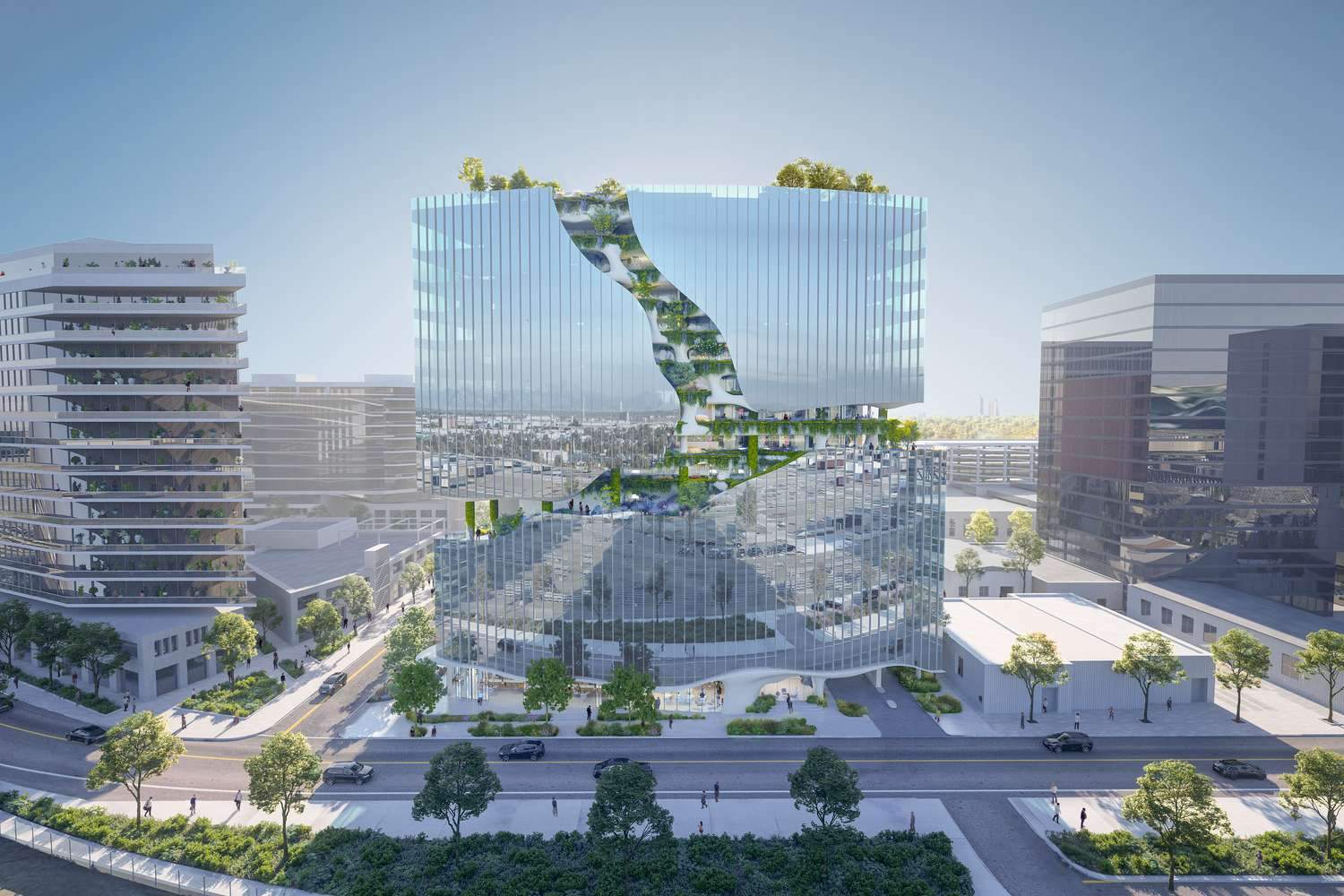When Walls Become Shields: How Architecture Redefines Safety in Times of Crisis
Since the dawn of civilization, architecture was never just about aesthetics or comfort. It was always a delicate balance between architecture and safety, focusing on survival. Walls were built to defend, not to impress. From fortified cities to underground homes, buildings were designed to protect humans from the forces of nature and from each other.
Today, as societies evolve, architecture focuses more on comfort, sustainability, and visual identity. But in a world marked by increasing natural disasters and human conflicts, a critical question re-emerges:
Can architecture return to its original role as our first line of defense without losing its human essence, maintaining both architecture and safety?
Architecture as a Silent Language of Risk
Buildings across the globe respond to threats in quiet, coded ways. In Japan, structures are designed to withstand earthquakes. In the Netherlands, floors are elevated to guard against floods. This intertwining of architecture and safety is crucial, as what may seem like a design choice is, in fact, a survival strategy built into concrete and steel.

Now, some cities are beginning to address a different kind of risk: human conflict. But this isn’t about militarisation; it’s about civilian architecture that protects, adapts, and remains humane.
Protecting from Within: Emerging Design Strategies
Architects and urban planners are rethinking how to integrate safety measures without sacrificing beauty or function.
Some of the emerging strategies stressed the interplay between architecture and safety, including:
- Blast-resistant glazing that allows daylight in while offering protection
- Modular facades that can be reinforced without disrupting the overall design
- Deep circulation cores that double as emergency shelters
- Adaptable basements designed to function as community safe zones
- Public squares designed to enable quick evacuation and emergency access
These elements aren’t signs of fear, but reflections of a conscious, forward-thinking design approach—where prevention is part of quality of life.

Preparedness Without Paranoia
By treating human conflict as a “low-frequency, high-intensity hazard,” we avoid politicising architecture. This allows for smart, civilian solutions that are integrated, not imposed.
It’s not about building bunkers; it’s about offering security without disrupting daily life, and making protection feel natural within the urban landscape.
Lessons from Real-World Cities
| City | Architectural Response |
|---|---|
| Kyiv | Metro stations repurposed as community shelters during emergencies |
| Gaza | Reinforced concrete slabs used in residential buildings for structural shielding |
| Seoul | Integrated shelters built into public and private infrastructure |
| Riyadh | Climate-sensitive architecture incorporating passive protection from heat and civil risk |
✦ ArchUp Editorial Insight
This article repositions architecture as a form of civilian protection in the face of both natural and human-induced crises. Through examples like impact-resistant facades and adaptable shelter spaces, it outlines how safety strategies are becoming embedded in everyday design, highlighting architecture and safety. While the piece clearly illustrates technical solutions, a deeper exploration of their social implications would add valuable context. Still, the article succeeds in framing urban resilience as a holistic design ethos—where safety, comfort, and beauty coexist with quiet strength.
ArchUp strives to document the architectural and urban journey in the Arab world through precise editorial content and rich analyses that reflect the depth of design and the diversity of architectural schools. The editorial team consists of specialists committed to covering all the latest developments in the field. You can always learn more about our editorial team or contact us to contribute or participate in building this open knowledge archive.






